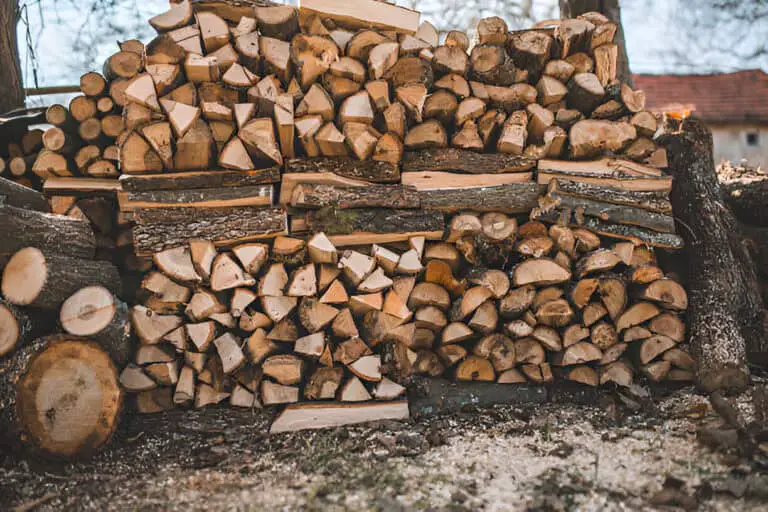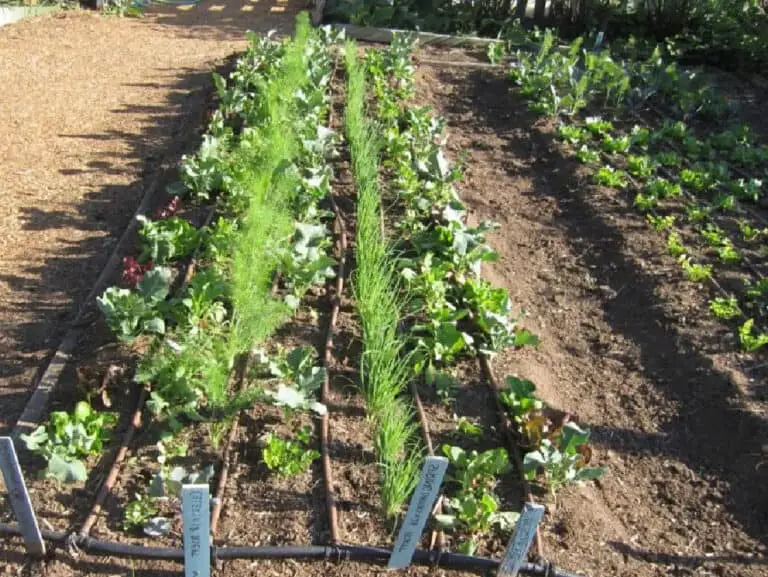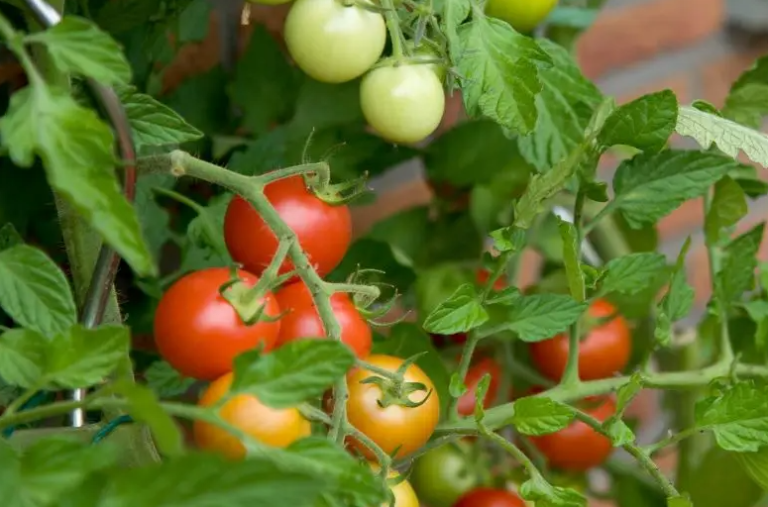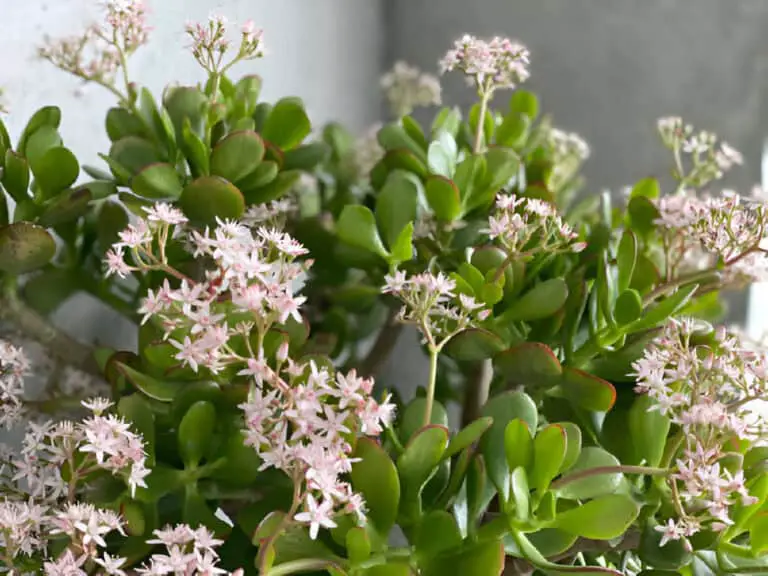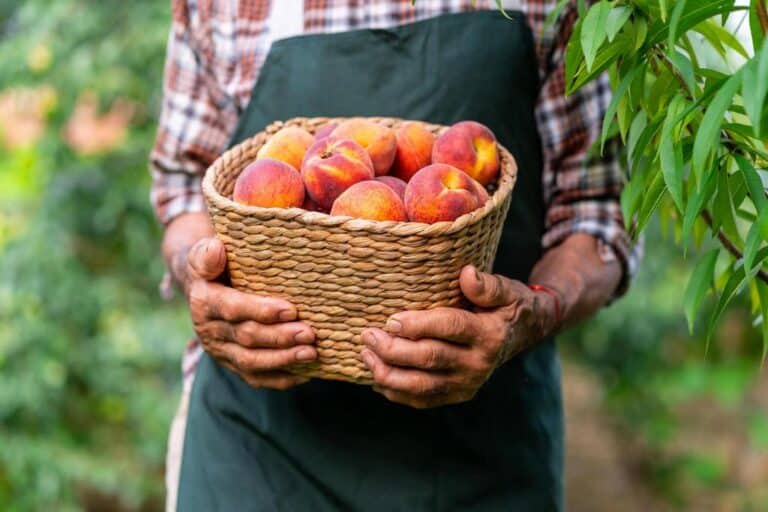Can You Plant Blackberries From the Store: A Beginner’s Guide
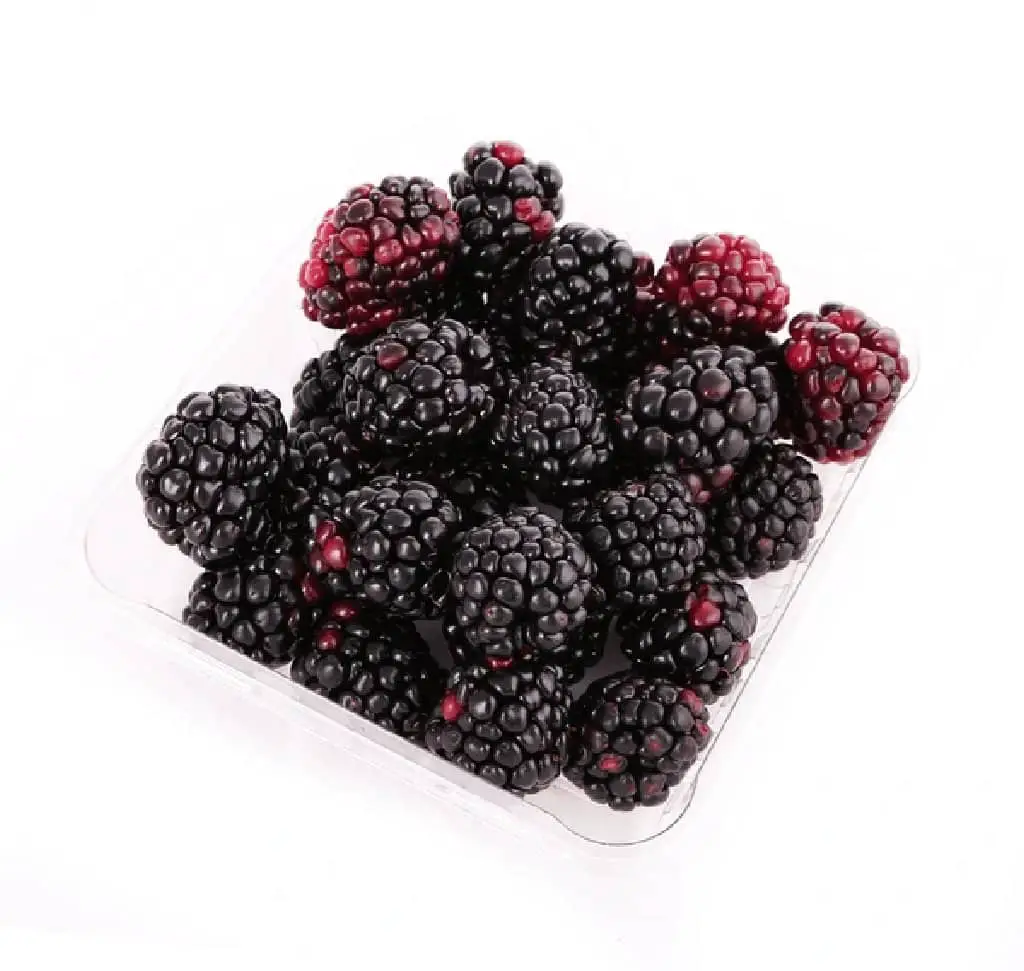
Growing your own blackberries is a delightful and rewarding experience. Thinking about planting blackberries from the store? Ever wondered if those fresh, juicy berries could be the start of your own homegrown blackberry patch?
The good news is that you can start with berries bought from the store. This beginner’s guide will walk you through planting blackberries from store-bought berries. It will offer tips and insights to help you grow a fruitful garden.
Are you new to gardening or looking to expand your berry garden? This guide will give you the knowledge to grow healthy blackberry bushes in your backyard.
Understanding Blackberries
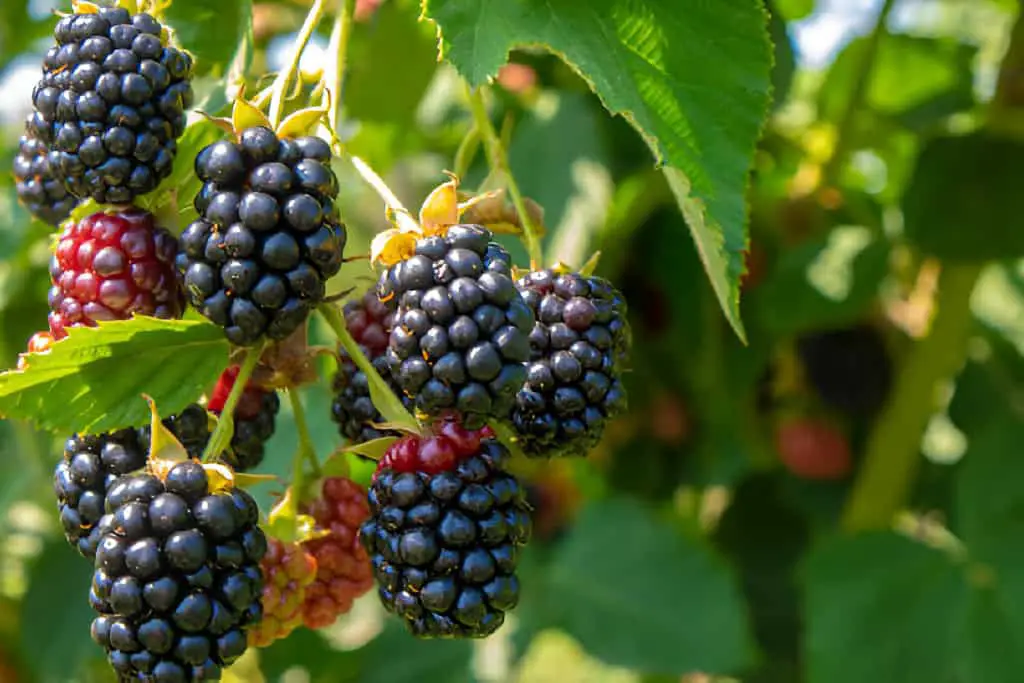
What Are Blackberries?
Blackberries are perennial plants belonging to the genus Rubus. Blackberries are known for their sweet, tart flavor. They are versatile fruits used in many dishes, from desserts to sauces. These berries are not only delicious but also packed with essential nutrients and antioxidants.
Nutritional Benefits of Blackberries
Blackberries are a powerhouse of nutrition:
- High in Fiber: Supports digestive health.
- Rich in Vitamins: Contains vitamins C and K.
- Antioxidants: Helps combat oxidative stress.
- Low in Calories: A healthy, guilt-free snack.
Can You Really Grow Blackberries from Store-Bought Berries?
The Reality
You can grow blackberries from seeds from store-bought berries. But, it is not the easiest method. Store-bought berries are often hybrids, meaning their seeds may not produce plants true to the parent. Additionally, seeds require stratification, a process of cold treatment, to germinate.
Recommended Method
Instead of starting from seeds, the recommended method for beginners is to use blackberry plants or cuttings from berry bushes. This method is more reliable and ensures you get plants that produce high-quality fruits.
Materials Needed
Before you begin, gather the following materials:
- Blackberry plants or cuttings: Purchased from a nursery.
- Garden tools: Shovel, gloves, and pruning shears.
- Compost: To enrich the soil.
- Mulch: To retain moisture and suppress weeds.
- Support structures: Trellis or stakes.
Planting Blackberries
Choosing the Right Variety
Select a variety of blackberry that suits your climate and taste preferences. Common varieties include:
- Thornless: Easier to handle and harvest.
- Trailing: Requires support structures.
- Erect: Sturdier and requires less support.
Site Selection and Soil Preparation
- Location: Choose a sunny location with well-draining soil.
- Soil Testing: Test the soil pH, aiming for a range of 5.5 to 7.0.
- Amendments: Add compost to improve soil fertility and drainage.
Planting Steps
- Digging Holes: Dig holes large enough to accommodate the roots of the plants.
- Spacing: Space the plants 3-4 feet apart in rows 6-8 feet apart.
- Planting Depth: Plant at the same depth they were in the nursery pots.
- Watering: Water the plants thoroughly after planting.
Caring for Your Blackberry Plants
Watering
- Frequency: Water the plants regularly, especially during dry periods.
- Mulching: Apply mulch around the base to retain moisture and suppress weeds.
Fertilizing
- Initial Feeding: Use a balanced fertilizer at planting time.
- Ongoing: Fertilize in early spring and mid-summer with a balanced, slow-release fertilizer.
Pruning
- Primocanes and Floricanes: Primocanes and Floricanes are different. Prmocanes are first-year canes. Floricanes are second-year fruiting canes.
- Pruning Schedule: Prune primocanes to encourage branching and prune floricanes after fruiting.
Pest and Disease Management
- Common Pests: Watch for aphids, spider mites, and Japanese beetles.
- Diseases: Prevent fungal diseases by ensuring good air circulation and avoiding overhead watering.
Harvesting Blackberries
Signs of Ripeness
Blackberries are ready to harvest when they are fully black, plump, and easily come off the stem. The fruit should have a glossy appearance and a sweet, tart flavor.
Harvesting Technique
- Gently Pick: Use your fingers to gently pull the ripe berries from the plant.
- Avoid Overripe Berries: Overripe berries can attract pests and diseases.
Post-Harvest Handling
- Storage: Store fresh blackberries in the refrigerator and use within a few days.
- Freezing: For longer storage, freeze the berries on a baking sheet before transferring to freezer bags.
Troubleshooting Common Issues
Poor Growth
- Causes: Poor soil, inadequate water, or insufficient sunlight.
- Solution: Ensure proper site selection, soil preparation, and consistent watering.
Pests
- Causes: Common pests like aphids or beetles.
- Solution: Use organic insecticides or introduce natural predators.
Diseases
- Causes: Fungal infections from poor air circulation or wet conditions.
- Solution: Improve air circulation, water at the base, and use fungicides if necessary.
Poor Fruit Production
- Causes: Incorrect pruning or nutrient deficiencies.
- Solution: Follow proper pruning techniques and fertilize appropriately.
Advanced Growing Techniques
Trellising
- Support Structures: Use trellises or stakes to support trailing varieties.
- Tying: Tie the canes to the support structures to keep them off the ground and improve air circulation.
Companion Planting
Grow blackberries alongside compatible plants to enhance growth and deter pests. Good companions include:
- Marigolds: Repel pests.
- Garlic: Deters aphids and other pests.
- Comfrey: Improves soil fertility.
Succession Planting
To ensure a continuous harvest, plant new blackberry plants every few weeks. Do this during the growing season to practice succession planting. This technique helps you avoid a glut of berries all at once and extends your harvest period.
Planting Blackberries from Store Bought vs. from Natural Seeds
Comparing planting with store-bought berries versus natural seeds involves several key differences. Store-bought blackberries often come from hybrid plants. This means their seeds might not grow true-to-type plants. This can result in unpredictable fruit quality and yield.
In contrast, natural seeds from wild or heirloom varieties are more likely to produce consistent and reliable plants that reflect their parentage.
Planting from store-bought blackberries can be convenient. The fruit is easy to find, but it requires getting and stratifying the seeds. Stratification involves simulating winter conditions to end the seeds’ dormancy. This process can be slow and labor-intensive. Natural seeds, on the other hand, often require less preparation and may have higher germination rates.
Moreover, using store-bought blackberries might expose your garden to potential pesticide residues or diseases that could affect plant health. Natural seeds are usually free from these concerns. This is especially true for organic seeds. They promote a healthier growing environment.
In summary, while planting blackberries from store-bought berries is feasible, it involves more uncertainty and preparation than using natural seeds. For the best results, buy natural seeds from good suppliers. They will ensure healthy, productive plants.
| Also read: Growing Your Own Green Onions from the Grocery Store |
Conclusion
Growing blackberries from the store is an achievable and rewarding gardening project. Starting from seeds from store-bought berries can be tough. But, using nursery plants or cuttings ensures a higher success rate. Follow this guide. You can enjoy fresh, homegrown blackberries and the joy of growing your own fruit.
Remember to select the right variety, prepare the soil properly, and provide consistent care. With patience and attention, you’ll be rewarded with a bountiful harvest of delicious blackberries. Happy gardening!

